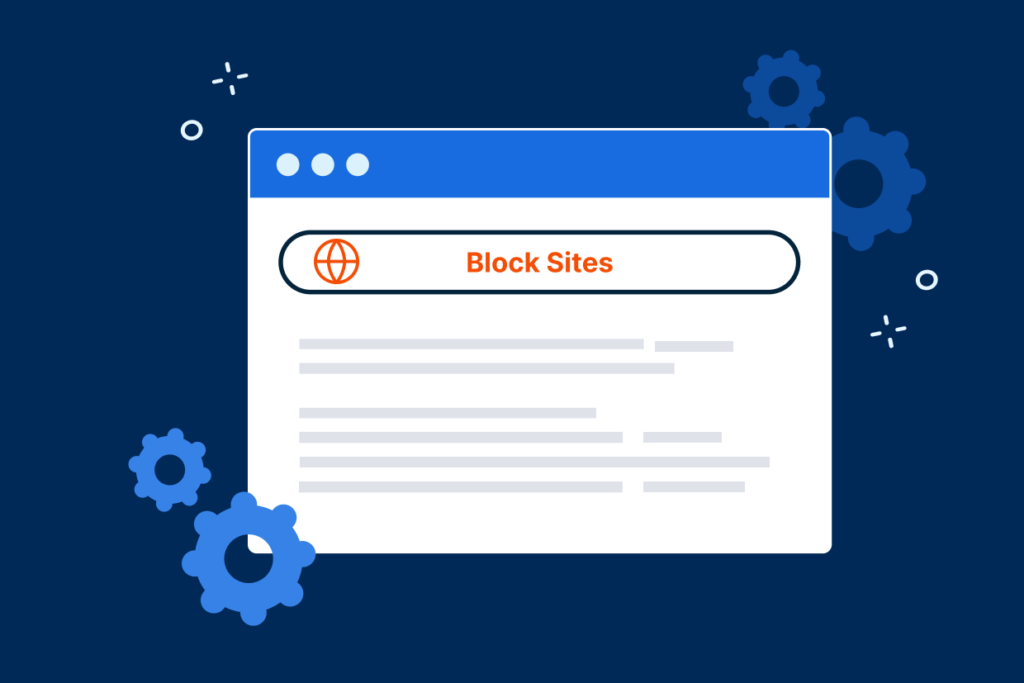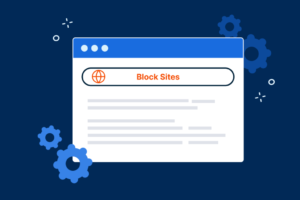The Importance of Detail in Web Assignments: Enhancing Learning and User Experience
In the digital age, web assignments have become a core part of education, helping students, professionals, and educators engage in online learning in innovative ways. Whether it’s a homework task, a project, or an interactive quiz, web assignments enable educators to create an effective and streamlined environment for students to learn, submit work, and receive feedback. However, the success of these assignments depends largely on the detail provided in the structure, instructions, and feedback given.
Understanding the importance of detail in web assignments is key to improving educational outcomes, fostering student engagement, and optimizing user experience. The following explores how adding detail to web assignments can significantly enhance the learning process and the overall effectiveness of online learning.
1. Clear and Detailed Instructions: Key to Student Success
The first step in ensuring a web assignment is effective is to provide clear and detailed instructions. Ambiguous or unclear guidelines can confuse students, leading to poor performance and frustration. Detailed instructions help students understand exactly what is expected of them, reducing the chances of misunderstandings or errors.
Instructions should include:
- Assignment objectives: Clearly outline the purpose and learning goals of the task.
- Step-by-step guidelines: Break the assignment down into manageable steps, showing students how to approach each part.
- Formatting requirements: Specify any formatting details, such as word count, citation style, and document structure.
- Submission instructions: Provide a clear explanation of how and where to submit the completed assignment.
- Assessment criteria: Include a rubric or grading criteria to help students understand how their work will be evaluated.
The more detail provided in the instructions, the easier it is for students to follow through with their work and submit high-quality assignments. In addition, well-detailed instructions also reduce the need for repeated queries from students, which can be time-consuming for instructors.
2. Enhancing Engagement with Interactive Web Assignments
A detailed web assignment doesn’t just mean clear instructions, but also includes interactive elements that keep students engaged. Interactive web assignments, such as quizzes, online discussions, and group projects, can encourage deeper learning by involving students in the content rather than just passive consumption.
Detailed instructions for interactive web assignments should include:
- Engagement guidelines: Provide clear guidance on how students should interact with the assignment. For example, in an online discussion, detail the expected level of participation, the format of replies, and the need for critical thinking.
- Timeframes: Give specific deadlines for when interactive components (e.g., discussions or group activities) must be completed, ensuring that students understand the pacing of the activity.
- Assessment criteria: If the assignment involves participation, outline how engagement will be measured (e.g., number of contributions, quality of responses).
The more interactive a web assignment is, the better students are likely to grasp concepts, retain information, and actively engage in the learning process. By including detailed instructions on how to participate, instructors ensure that every student knows how to get the most out of these interactive learning experiences.
3. Detailed Feedback: A Crucial Element in Learning
One of the most valuable aspects of web assignments is the opportunity for feedback. Detailed and constructive feedback from instructors can guide students in improving their work, reinforcing their strengths, and correcting their mistakes. Without detailed feedback, students may not fully understand where they went wrong, making it difficult for them to progress in their learning.
Feedback should include:
- Specific comments on strengths and weaknesses: Highlight what the student did well and where they can improve. Vague feedback like “good work” or “needs improvement” doesn’t offer enough insight for students to enhance their skills.
- Suggestions for improvement: Offer actionable advice, such as resources for further reading or alternative strategies for solving problems.
- Timely responses: Detailed feedback should be given promptly, allowing students enough time to incorporate it into future assignments.
The quality and detail of feedback can have a significant impact on how students approach future tasks. By offering clear, detailed feedback, instructors not only guide the learning process but also encourage students to take ownership of their progress.
4. User-Friendly Platforms for Web Assignments

The platform used to manage web assignments also plays a crucial role in their effectiveness. A detailed, user-friendly interface can greatly enhance the experience for both instructors and students. Web assignment platforms should be intuitive and straightforward, with well-organized content and clear navigation.
Key elements of a user-friendly platform include:
- Clear layout: The platform should have an easy-to-understand layout that allows students to quickly find their assignments, deadlines, and submitted work.
- Accessible help guides: Offer students detailed help guides and FAQs to resolve common issues related to the platform’s use.
- Compatibility: Ensure the platform is compatible with a variety of devices and browsers, allowing students to access their assignments seamlessly.
When a platform is well-detailed and easy to navigate, students can focus more on the content of their assignments rather than struggling with technical difficulties.
5. Encouraging Collaboration through Detailed Web Assignments
Web assignments can also foster collaboration among students, particularly for group projects. However, for collaboration to be successful, the assignment must be clearly defined, with detailed guidelines on how the group should work together.
To ensure smooth collaboration, detailed instructions should cover:
- Roles and responsibilities: Assign specific roles within the group to ensure every member knows their responsibilities.
- Communication guidelines: Outline how students should communicate within the group (e.g., through email, discussion forums, or video calls).
- Deadlines for group milestones: Provide clear deadlines for each phase of the project, ensuring that all members stay on track.
Well-structured group assignments can teach students important teamwork and communication skills, all while reinforcing the learning objectives of the assignment.
Conclusion
Detail in web assignments isn’t just about the information given—it’s about creating a structured, engaging, and efficient learning environment. Clear instructions, interactive elements, detailed feedback, user-friendly platforms, and collaborative opportunities all play a significant role in enhancing the quality of web assignments. By prioritizing detail in the design and execution of web-based tasks, educators can help students develop their skills, deepen their knowledge, and achieve better learning outcomes.
In the ever-evolving digital landscape of education, it’s clear that the more detailed the web assignments, the more effective the learning experience will be for all involved.














Post Comment